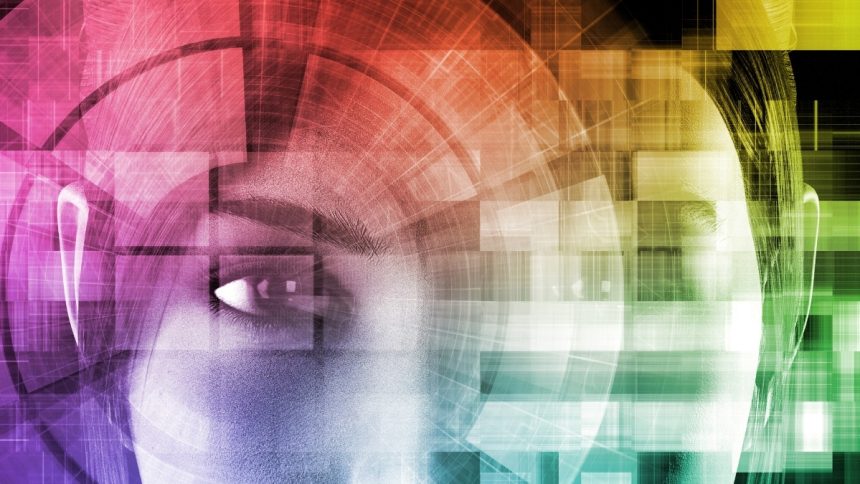Virtual Reality (VR) has been a fascinating subject in popular technology for years. Over the past decade, VR has grown beyond gaming and entertainment to find a place in various sectors, including education. The potential of VR in transforming the educational landscape is vast, offering immersive learning experiences that traditional methods cannot provide. With advances in VR technology and decreasing costs, schools and educational institutions are more open to integrating VR into their curricula. This article delves into how VR is reshaping education and what the future might hold for this technology.
How is VR Currently Used in Education?
Currently, VR is primarily used in education to create immersive learning environments where students can interact with the subject matter in a hands-on manner. For instance, students studying biology can explore human anatomy in a 3D space, which can lead to better understanding and retention. Similarly, history students can virtually visit ancient cities or historical events, allowing them to gain deeper insights into the past. According to a report by EdTech Magazine, “VR can make abstract concepts more tangible and complex theories more accessible” (https://edtechmagazine.com). Institutions are increasingly utilizing VR tools to enhance the learning experience and provide students with opportunities that would be impossible in a traditional classroom setting.
What Advantages Does VR Offer?
One of the primary advantages of VR in education is the ability to provide experiential learning. Students learn by doing, which can lead to higher engagement and motivation. VR also caters to diverse learning styles, accommodating visual, auditory, and kinesthetic learners, thus making education more inclusive. Furthermore, VR environments can simulate real-life situations where students can practice skills, such as emergency response drills or surgery, without the real-world consequences of mistakes. A study by the Journal of Educational Technology & Society highlights, “VR has shown to increase students’ interest and engagement in subjects traditionally considered difficult or uninteresting” (https://www.j-ets.net).
What Challenges Does VR Face in Education?
Despite its numerous benefits, integrating VR into education is not without challenges. Cost remains a significant barrier, as high-quality VR equipment can be expensive. Schools with limited budgets may struggle to afford the necessary hardware and software. Additionally, there is a steep learning curve associated with implementing VR technology effectively, as teachers may require training to utilize VR tools to their full potential. Concerns over health effects, such as eye strain and motion sickness, also persist among parents and educators. Addressing these issues is crucial for the widespread adoption of VR in educational systems.
What is the Future Outlook for VR in Education?
The future of VR in education looks promising, with continued technological advancements expected to make VR more accessible and affordable. As VR hardware becomes more compact and costs decrease, more schools worldwide are anticipated to incorporate VR into their teaching strategies. Experts predict that VR will become a standard educational tool within the next decade, offering personalized learning experiences that cater to individual student needs. Additionally, the development of AR (Augmented Reality) could complement VR, providing a blended learning experience that combines the virtual with the real world. As educational content becomes more VR-friendly, teachers and students alike can expect a richer, more interactive learning environment.
In conclusion, VR has the potential to revolutionize education by offering immersive and interactive learning experiences. While challenges such as cost and training persist, the benefits of increased student engagement and practical skill development make VR an attractive option for educators. As technology continues to evolve, VR is likely to play an increasingly significant role in the classroom, ultimately enhancing the educational experience for students around the globe.










